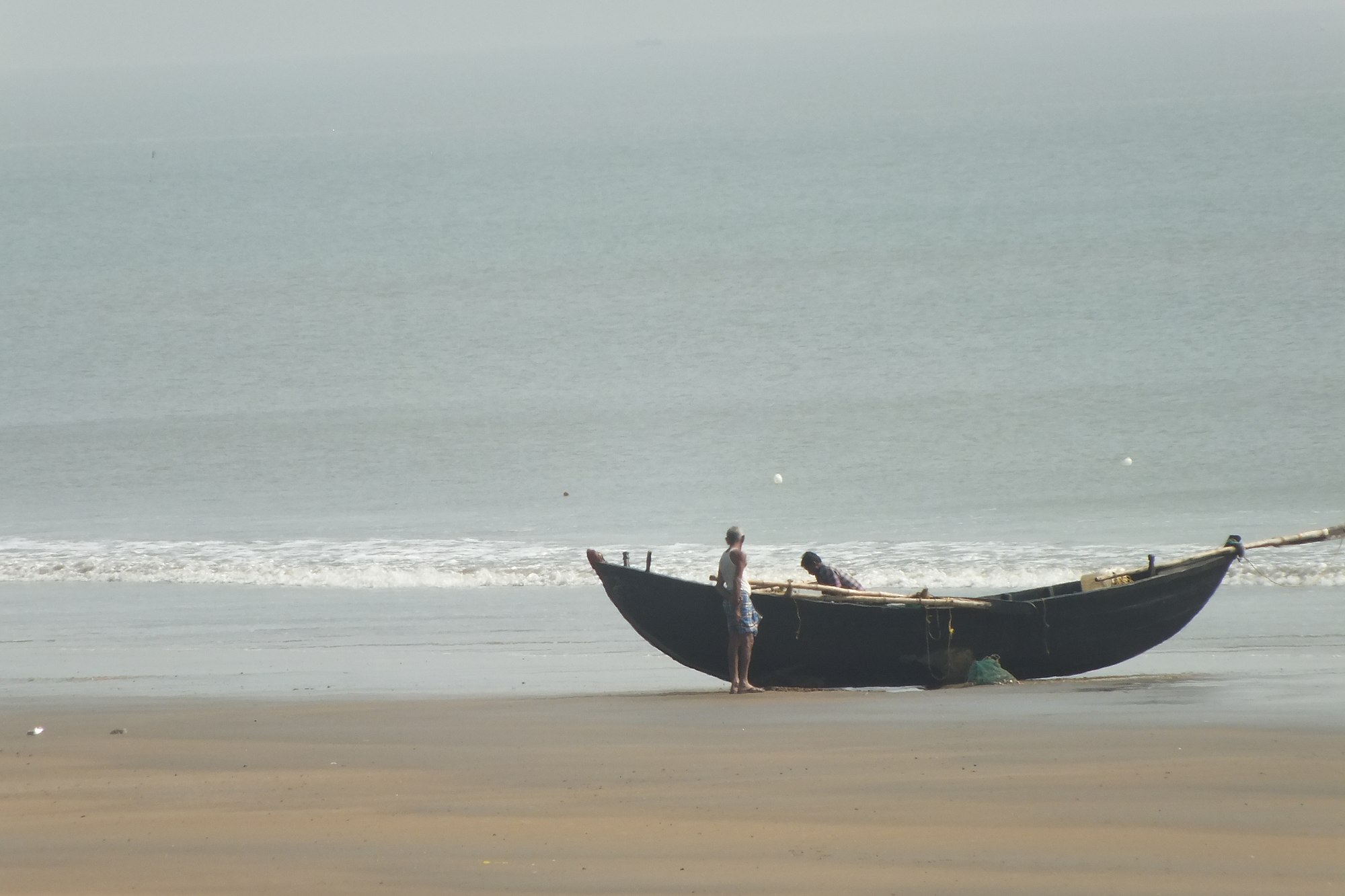
The Andaman and Nicobar Islands, which are perhaps the most famous islands in India, is a group of 836 islands perched at the junction of the Bay of Bengal and the Andaman Sea. Out of the hundreds of islands around 31 are inhabited. However, the islands have experienced a major climate shift after the onslaught of the 2004 Sumatra-Andaman earthquake. In 2004, a 33-feet high tsunami caused by an undersea earthquake in the Indian Ocean ravaged the group of islands, leading to the death of thousands and the loss of a significant portion of the island to the sea. Before the tsunami, the group of islands measured 8,073 square kilometres, now reduced to 7,950 square kilometres. After the tsunami, a report produced by the Surveyor General of India (SGI) revealed that the group of islands had moved by about 1.25 metres to the southeast due to the impact. The islands also lost about 90 per cent of their mangrove cover during the tsunami. The islands are at an extreme risk of becoming inhabitable due to the constant rise in sea levels and the rate of erosion. They are also located in the seismically active Alpine-Himalayan belt and are categorised under zone V, most prone to earthquakes, which makes them even more vulnerable. In the Nicobar islands, 450 earthquakes have been reported in the last ten years. In addition to this, the government’s planned infrastructure projects in the area stand to threaten the loss of an additional 130 square kilometres of forests. The estimated sea level rise here is also estimated to be 5 millimetres (mm) per year, which is significantly higher than the global average.
However, the threat of disappearance is not limited to the Andaman and Nicobar Islands. Islands across the country, including in southern and eastern India, are facing similar threats. Munroe Thuruthu Island in Kerala, named after its erstwhile British resident Colonel Munroe, has been ravaged by constant tidal flooding and ground subsidence. As per estimates, the population of the island has reduced from around 13,000-12,000 to around 8,000 in the past few years. While thousands have already fled the island, due to the unusually high tides in the tourist destination, thousands more continue to live under the threat of displacement. A combination of a shift of tectonic plates caused by the 2004 tsunami and an overall increase in climate change has already submerged the low-lying areas of the island, destroying thousands of houses and also threatening the livelihood of many. Other causes of degradation include the construction of the Thenmala dam and rampant sand mining in the area. The soil fertility in the region is further exacerbated due to the lack of freshwater sources, sediment deposits from the Kallada river, and the presence of saline pools.
Similarly, the Ghoramara islands, located in the southernmost part of West Bengal, around 92 kilometres from the capital of the state, are also facing threats due to erosion and rising sea levels. The island, once estimated to be home to around 40,000 people, now only houses around 4,000 people. A major source of income on the island was betel leaf cultivation, however, the rising sea levels have destroyed all plantations, forcing villagers to flee to look for other livelihoods. Similarly, India’s first island district, Majuli, in Assam is also being geographically reduced due to an increase in floods and erosion caused by the Brahmaputra river. The river has been experiencing flash floods as a result of severe weather conditions and rising sea levels. The island once held the Guinness World Record for being the biggest river island in the world but is now slowly being submerged. Many more islands located in the Lakshadweep lagoon and the Sundarbans delta, continue to face the same threats, as rising sea levels have already damaged their major sources of income, forcing people to evacuate. Waters surrounding the Lakshadweep Archipelago are estimated to rise by 0.78 mm each year in the 2080-2100 period, according to a paper published in Regional Studies in Marine Science. This would mean that smaller islands such as Chetlat, Kiltan, Amini, and Bitra, would lose land along the coast and could potentially disappear.